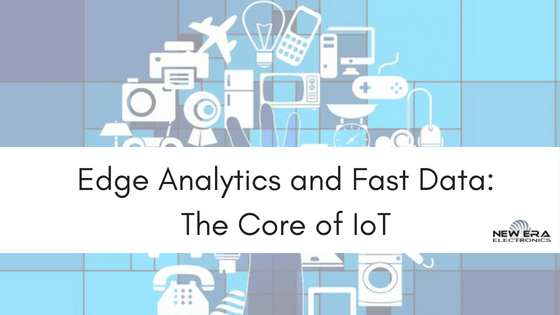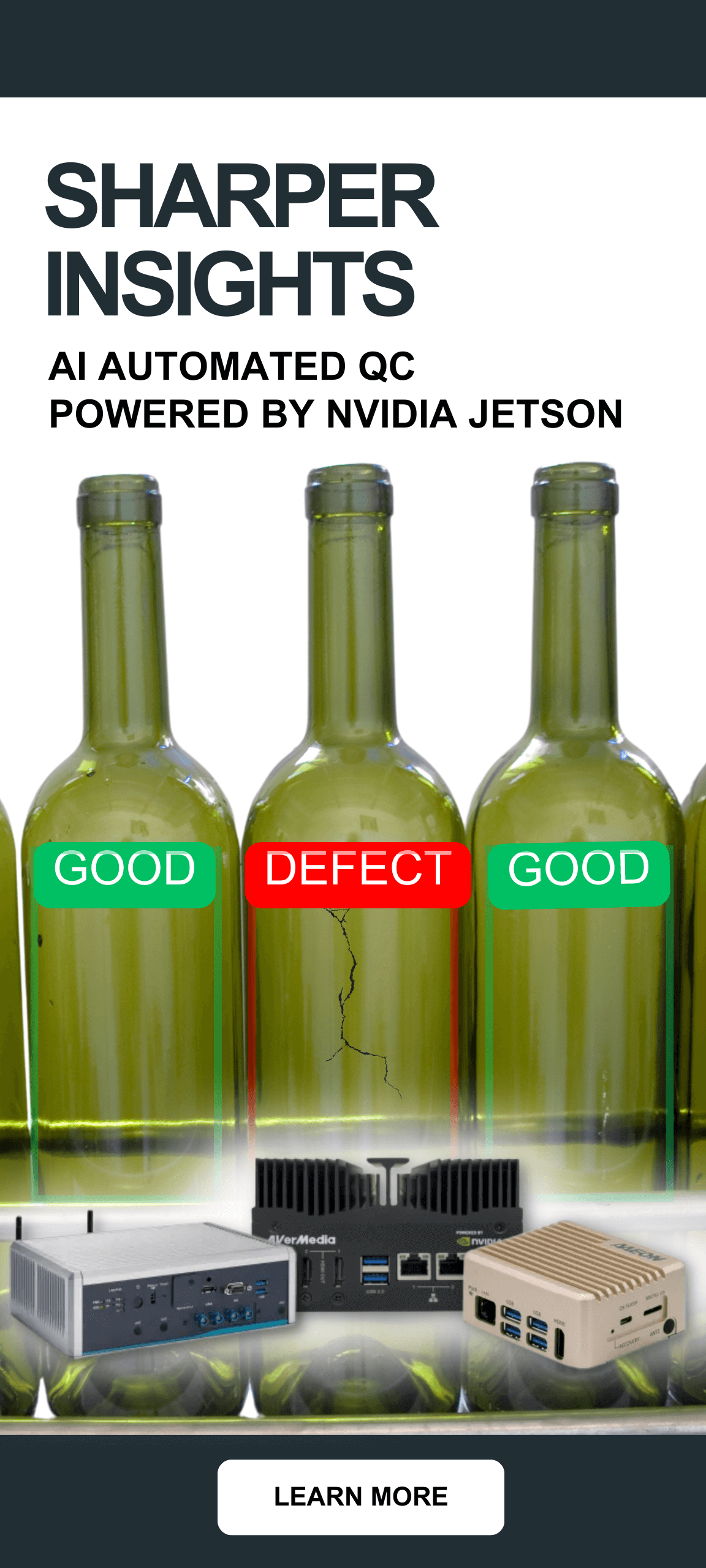
Edge Analytics and Fast Data: The Core of IOT
Blog
IOT is a buzzword that has been thrown around for the past couple of years. Perhaps some people assumed it would be just that, a buzzword, and have dedicated no further attention to the subject. But much like the term “cloud computing” evolved from an interesting concept to a data infrastructure that we all rely on in our business and personal lives (almost to the point of mundanity), so to has the concept of IOT begun to undergo this evolution. And its function comes in the form of Fast Data and Edge Analytics.
Fast Data Streams – The Precursor to Big Data
We’ve all heard the term “Big Data” before. It’s the cornerstone of the cloud. The analysis of extraordinarily large amounts of data stored on servers. The end results of which is tremendous insight into a myriad of different subjects as wide reaching as new revenue opportunities to why a failure may have occurred and how to prevent it in the future. This is all accumulated through fast data streams. These are streams of data which pour into servers, applications and other computing environments from hundreds of thousands to millions of endpoints. That is what IOT is concerned with. More and more devices and equipment have sensors built in, and are transmitting an incredible amount of data. It can be hard to wrap your head around the sheer amount of this. To put it into perspective, a single Airbus A350-1000 commercial aircraft has nearly 6000 sensors throughout the plane and generates an average of 2.5 TB of data per day. And it is an ever-increasing quantity. Research firm IDC predicts 50 billion IoT sensors will be in place by 2020, with more than 200 billion networked devices by 2030.
Within the current infrastructure, analyzing that much data is an incredible challenge. The sheer amount of information to transfer, store and process makes it extremely cost-prohibitive. Even if we could, we wouldn’t be able to utilize the data to its fullest capacity. For instance, we don’t want to have to examine a failure after the fact. And while it’s useful to examine how we could have done things better, we want to take it a step further. Utilizing IOT to its fullest potential will provide the capability to examine these fast data streams data in “real time”, allowing us to prevent accidents before they happen, make changes for better profitability in the present rather than just the future, and have an additional layer of prediction. The way that this is accomplished is through edge analytics.
Edge Analytics : Processing Fast Data
If the server side of things is considered to be “The Cloud” and “Big Data”, then “The Edge” refers to all of the devices and sensors which accumulate data and send them up to the cloud for processing. These are typically unintelligent and don’t do much other than transmit the data. The concept of edge analytics is moving a large amount of the processing away from the server level and closer to the edge. This can be accomplished through various means, including smart devices, IOT Gateways, onsite servers, or even a combination of all three. The idea being that the fast data streams can be analyzed and acted upon in real time. After which, the filtered data can be sent to offsite servers for storage and analysis. This theoretically solves both problems of fast data analysis and reducing the data transfer and storage limitations in one fell swoop.
Potential Applications:
There are potentially hundreds of thousands of possible use cases, but lets explore a few potential applications that are possibly a bit out of the norm to get a peek at what this could possibly mean for us:
- Workplace Safety. In sectors such as mining, gas and the processing or raw materials, heavy machinery is in constant use. The failure of pumps, fans and motors can be potentially catastrophic resulting in massive profit loss and, more importantly, loss of life. Through the real-time analysis of various sensor data including peak acceleration, vibration, temperature and humidity, operators can prevent accidents before they happen.
- Through the use of smart devices, sensors and patient reporting, all running in tandem with edge analytics, patient’s conditions can be monitored as they live their day to day lives, with alerts sent to both the doctor and patient if certain parameters are seen to be problematic.
- Kiosk and Vending Machine. Real-time tracking of customer buying patterns to better forecast inventory. Maintenance of parts before they fail through predictive maintenance Monitoring of various factors to ensure flavor and food quality is the same across all vending machines (as in the case of a coffee machine for instance).
The capabilities of computers are steadily increasing while coming in ever smaller packages. Additionally, technologies such as intelligent video analytics, artificial intelligence and machine learning are ever advancing. In light of all this, the application of edge analysis through IOT is the next logical step.
Creative Commons Attribution: Permission is granted to repost this article in its entirety with credit to New Era Electronics and a clickable link back to this page.




